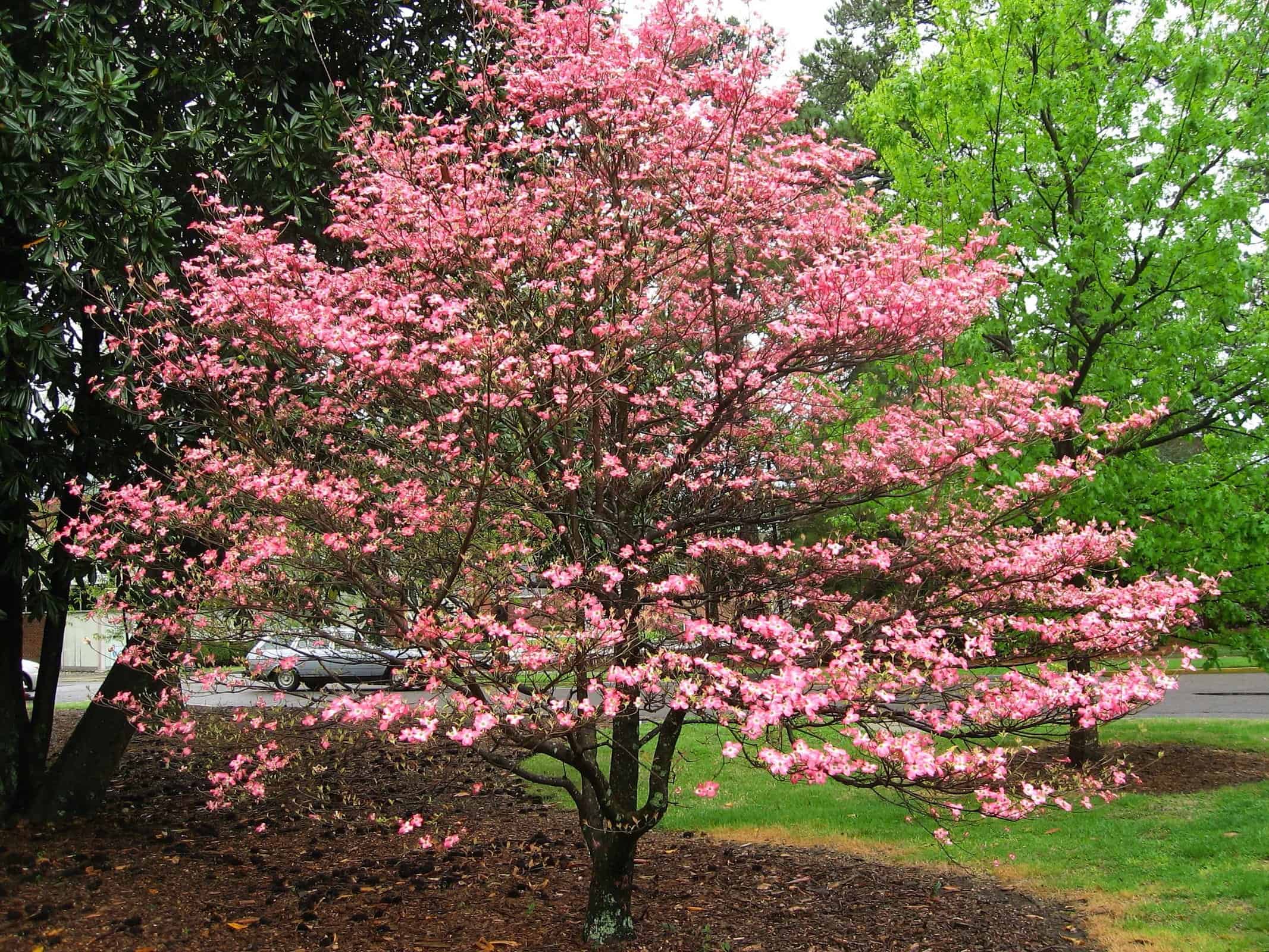Landscaping Talk: What are Dogwood Trees?

Types of Dogwood Trees
Features and Growth Patterns
When Do Hydrangeas Bloom?
Can You Plant Dogwood Trees in GA?
Absolutely! Dogwood trees thrive in Georgia’s climate, making them an excellent choice for landscaping in Augusta. Their adaptability to various soil types and moderate shade requirements make them an attractive addition to residential and commercial landscape work in Georgia.
When planting dogwood trees in Georgia, ensure they receive well-drained soil and partial shade. Optimal planting times are typically in the early spring or late fall, allowing the tree to establish its roots before extreme weather sets in.
What is the Best Time of Year to Plant Dogwood Trees?
When Do Dogwood Trees Bloom?
Pruning Dogwood Trees: Best Practices
Professional Lawn Care in Augusta, GA with Willow Creek Outdoor Management
Living in the greater Augusta, GA area? You can trust your lawn care and landscaping needs to Willow Creek Outdoor Management. We specialize in professional lawn care services, including pruning shrubs and trees like dogwoods, ensuring your landscape remains vibrant and well-maintained year-round. Reach out to us today to learn more.
FAQs
Q: Are dogwood trees suitable for smaller yards?
A: Yes, certain dogwood species, like the flowering dogwood, are well-suited for smaller yards due to their compact size and ornamental beauty. Varieties such as the Kousa dogwood also offer manageable growth for limited spaces.
Q: Can I transplant a mature dogwood tree?
A: Transplanting mature dogwood trees can be challenging due to their sensitive root systems. It’s best to consult with a professional arborist or landscaper to assess the tree’s health and viability for successful transplantation.
Q: Do dogwood trees attract wildlife?
A: Yes, dogwood trees attract various wildlife, including birds like robins and cardinals that feed on their berries. Additionally, butterflies and other pollinators are attracted to their blossoms, adding to the ecological value of these trees.

